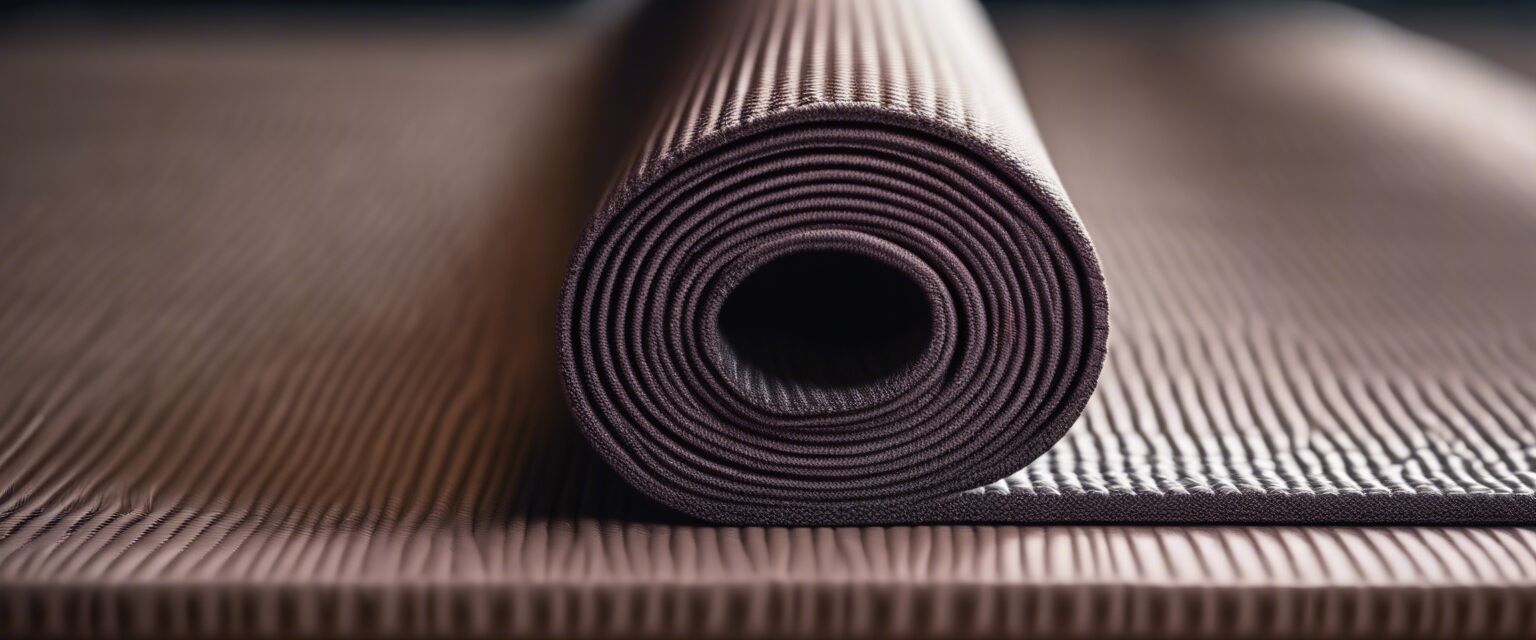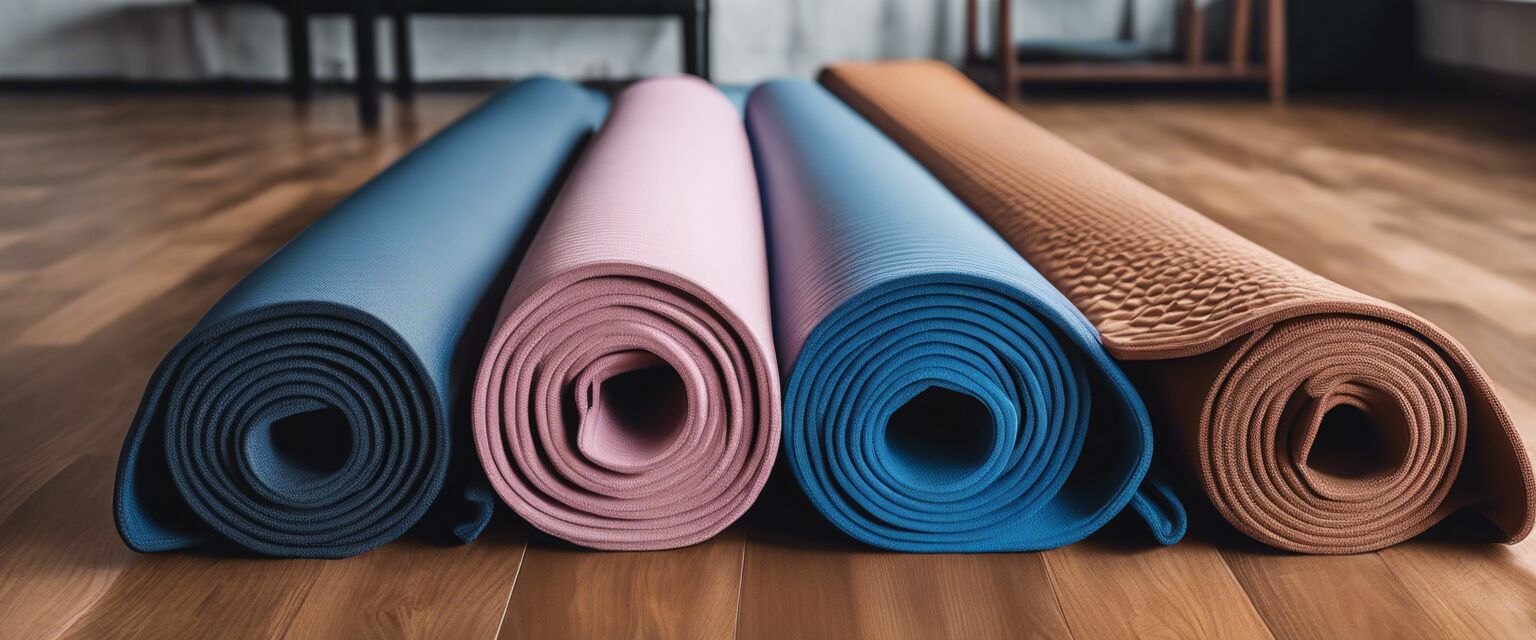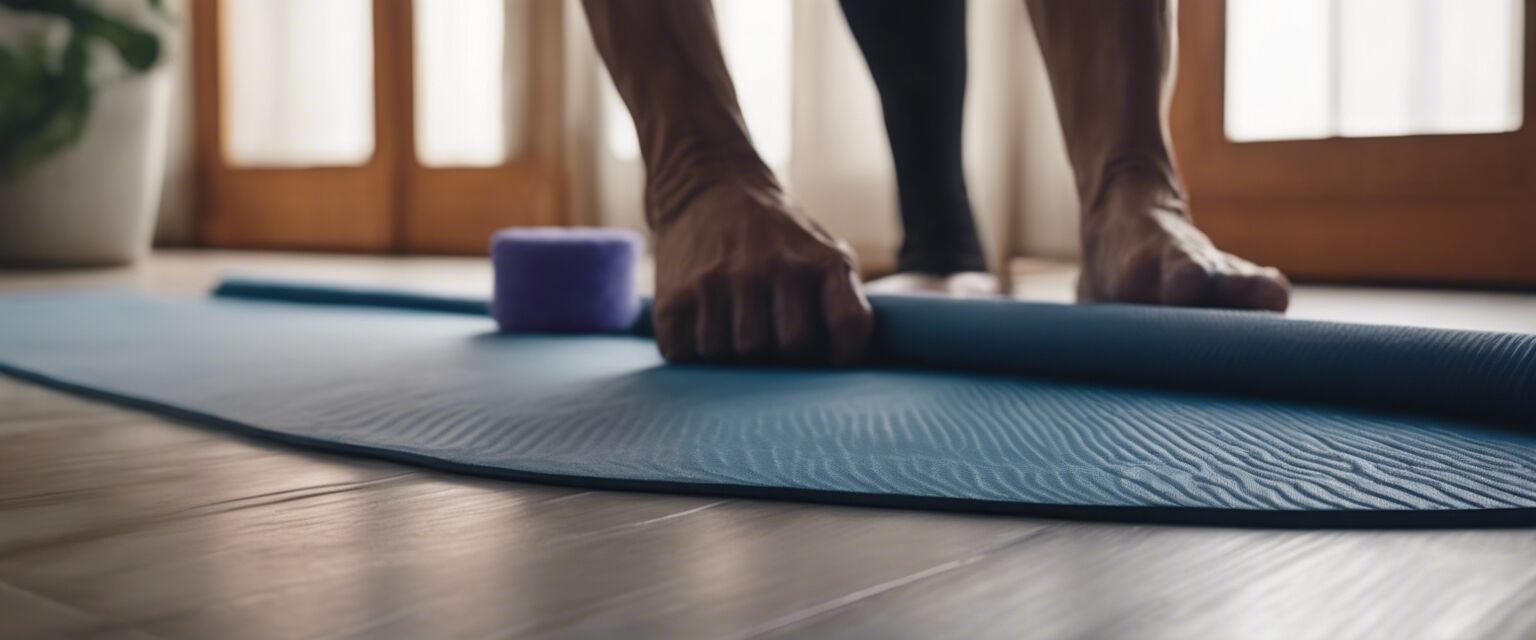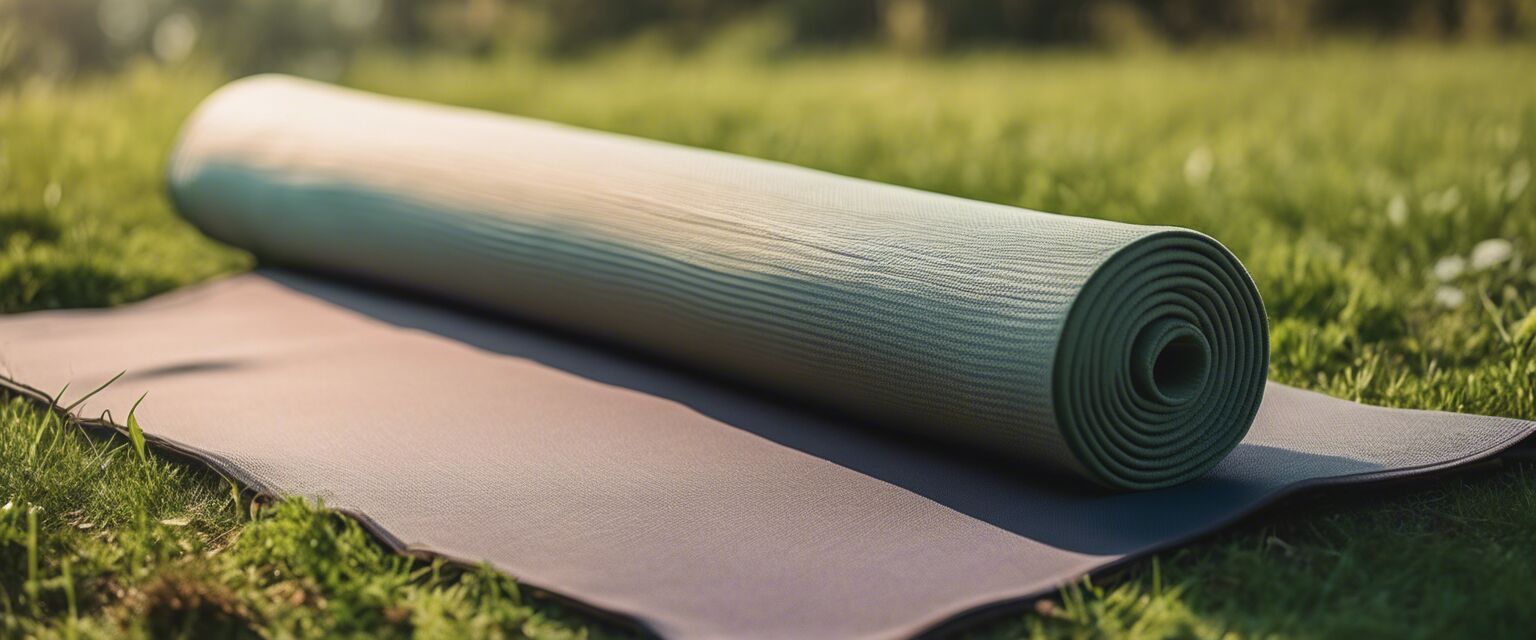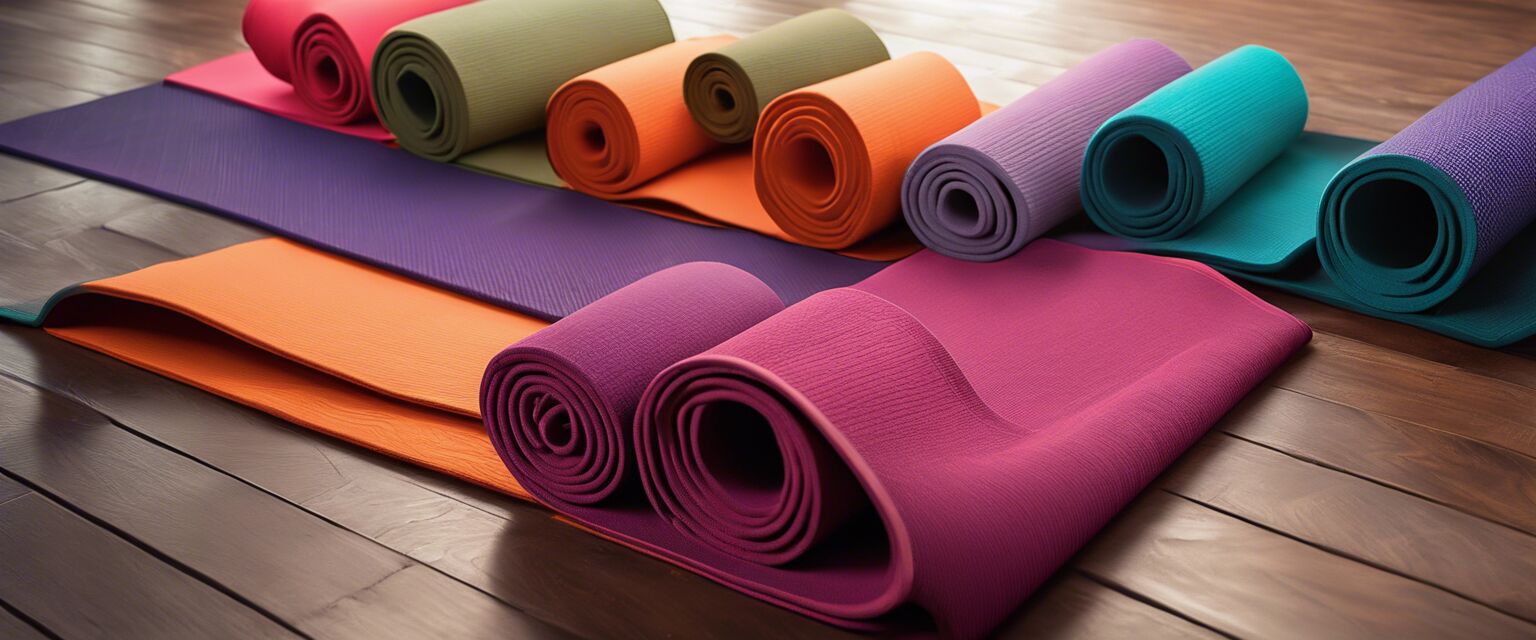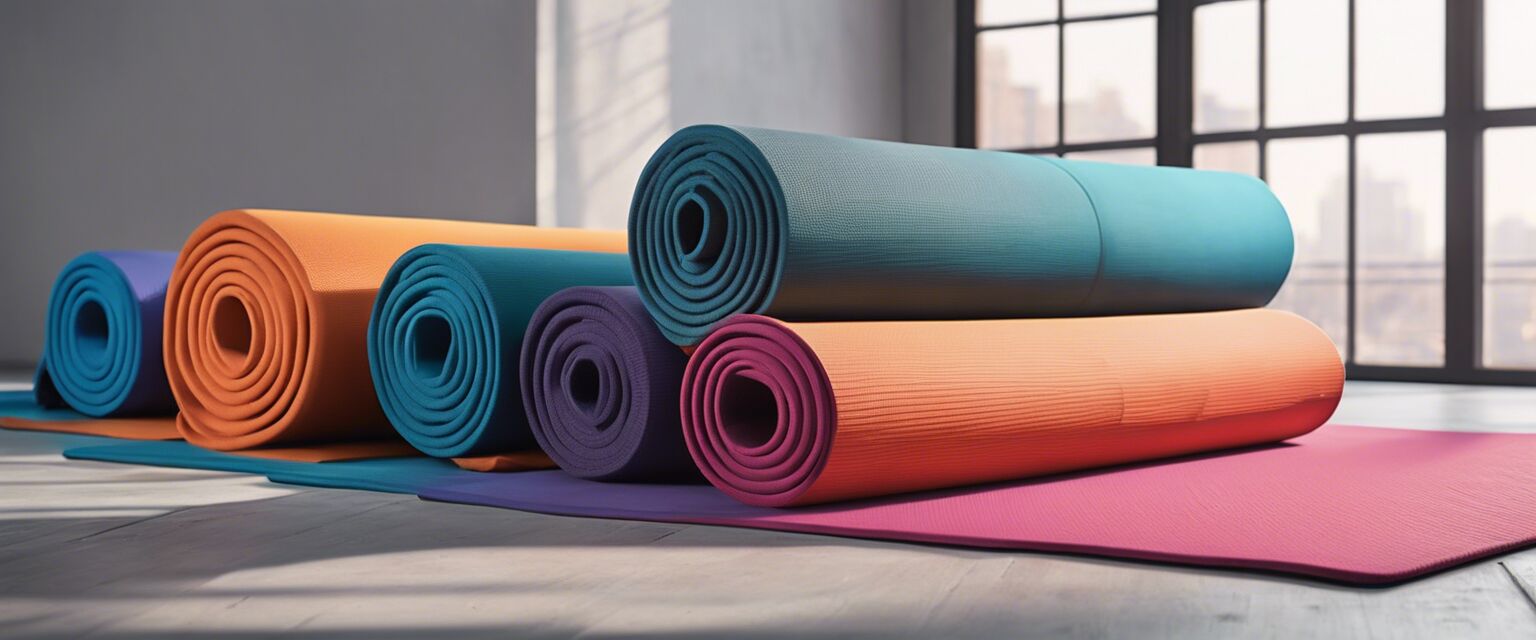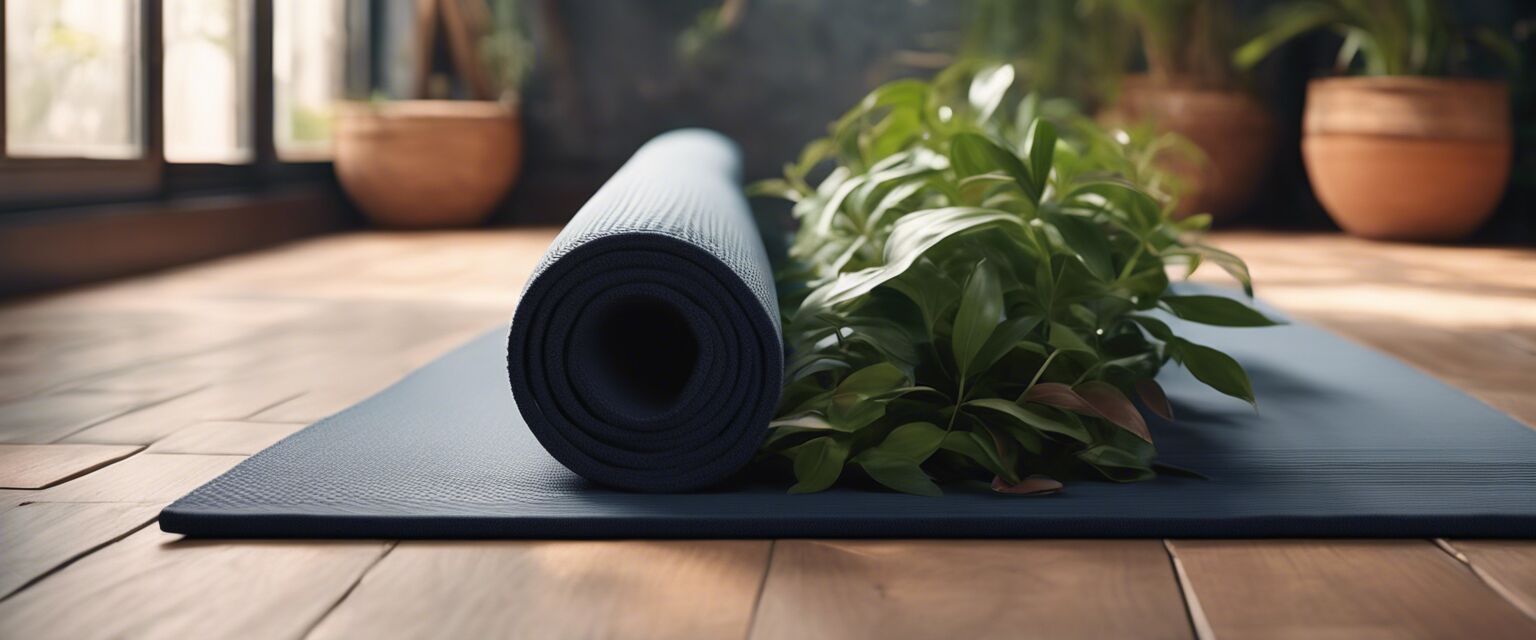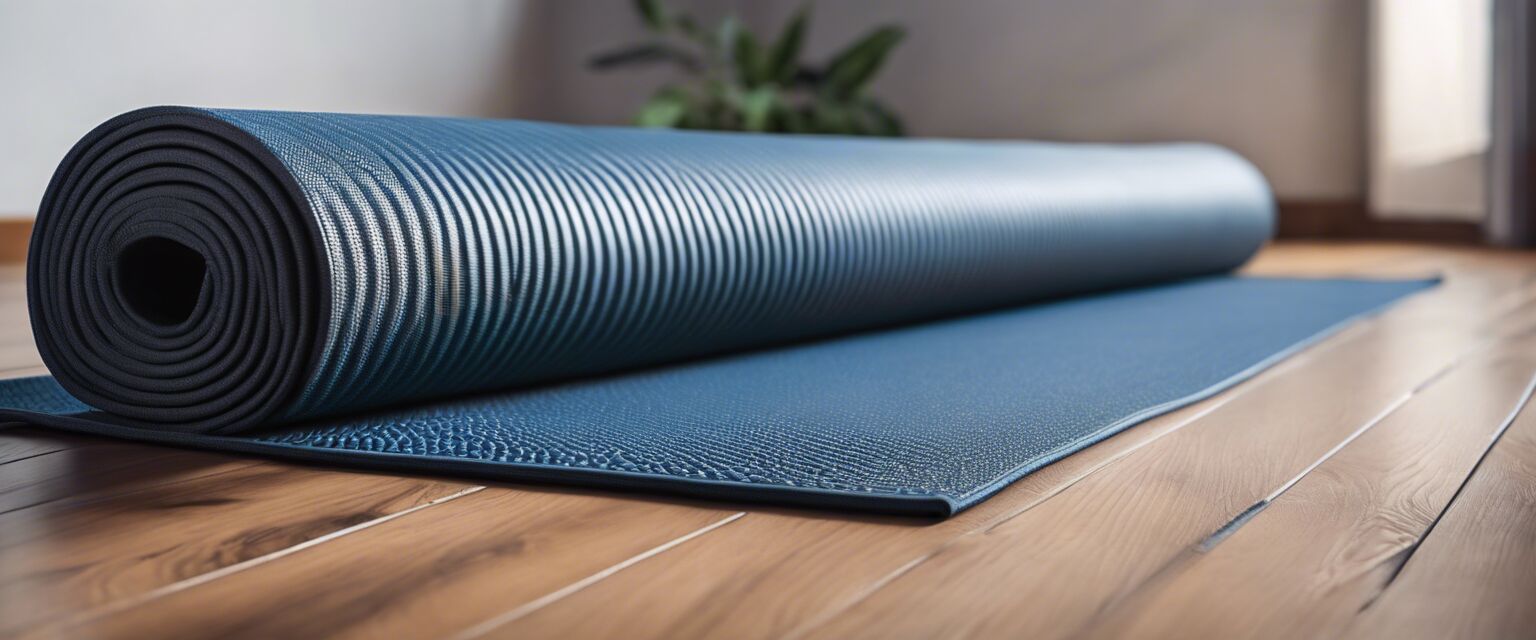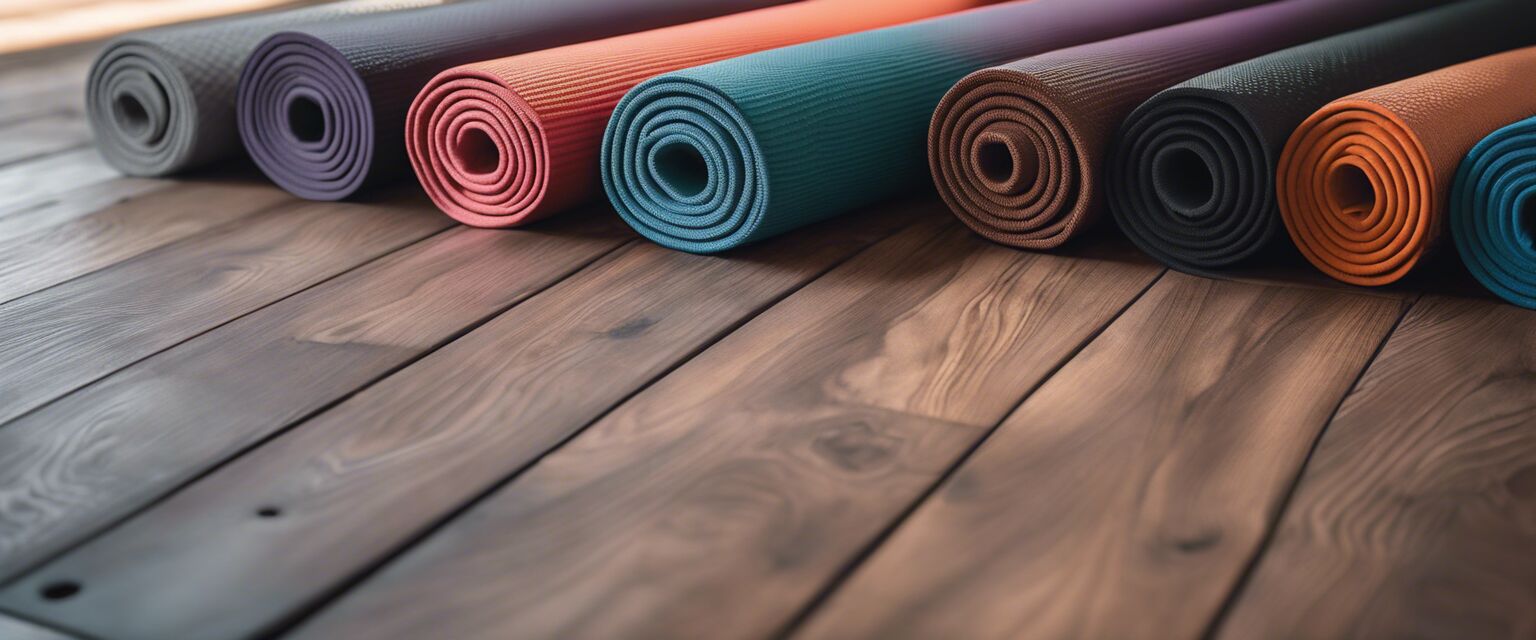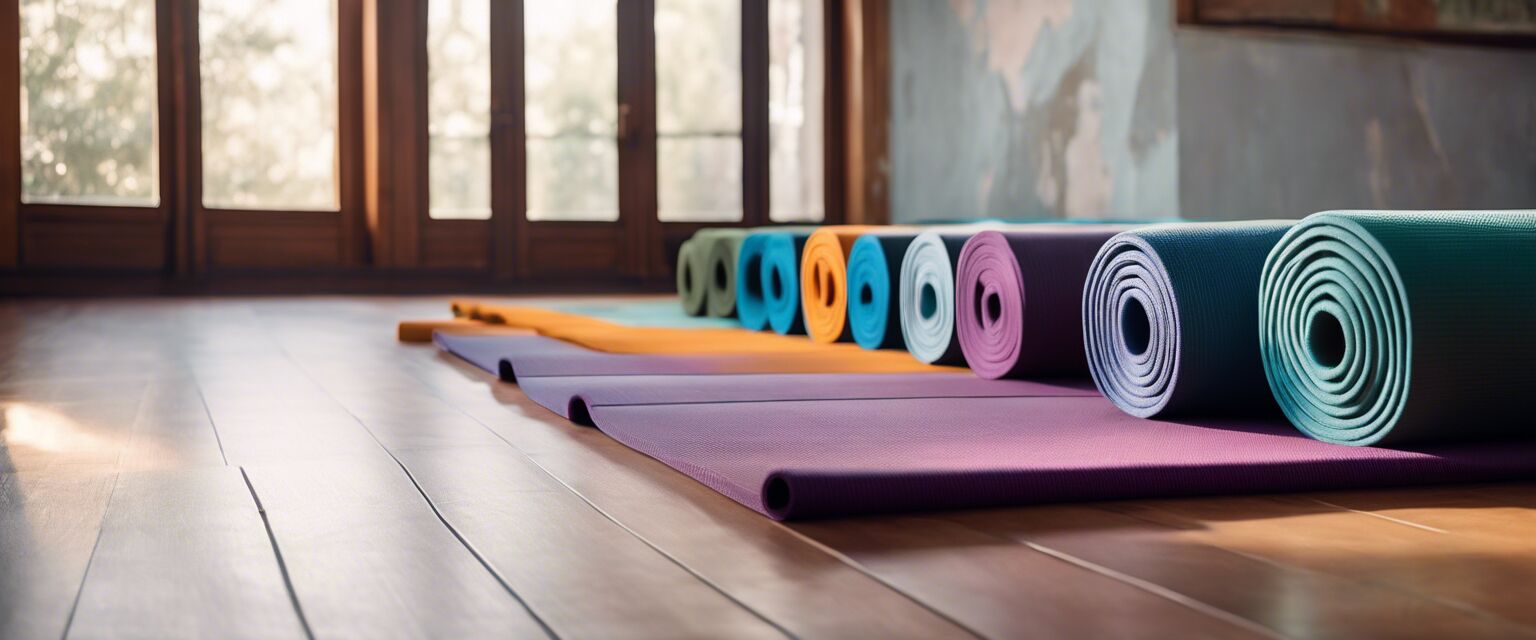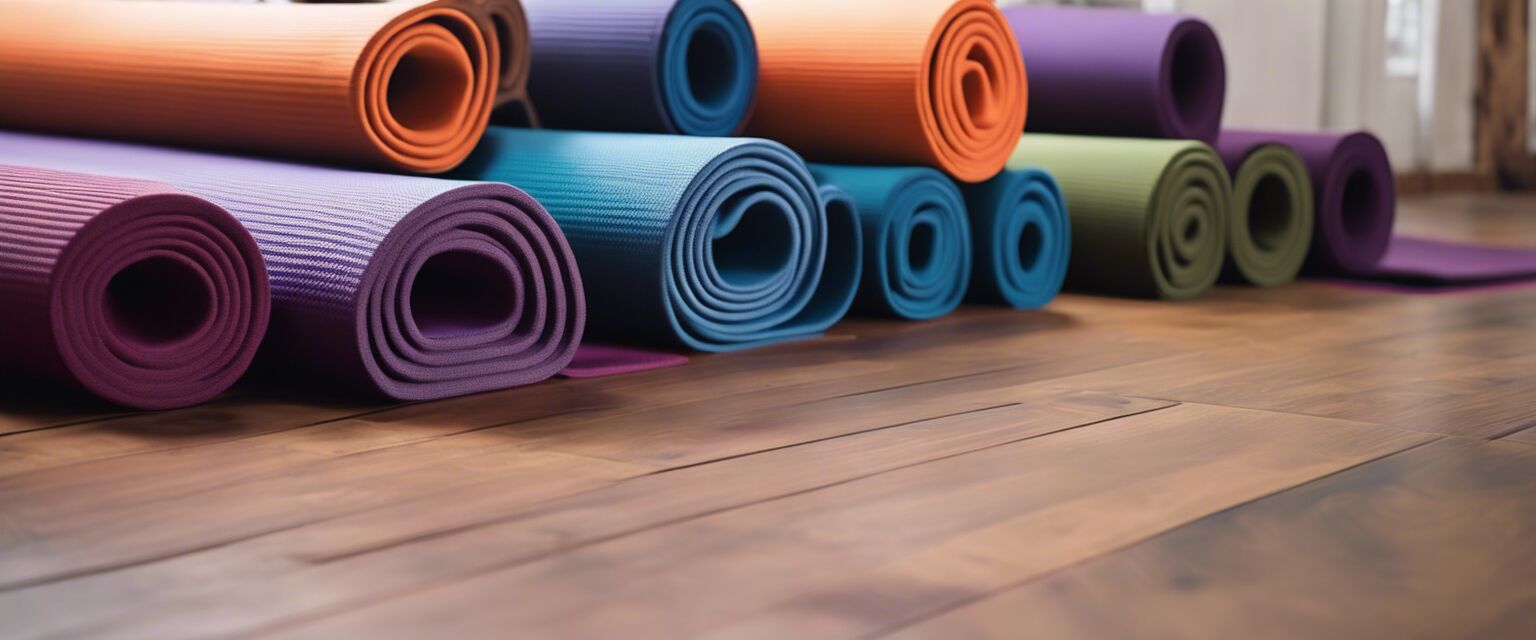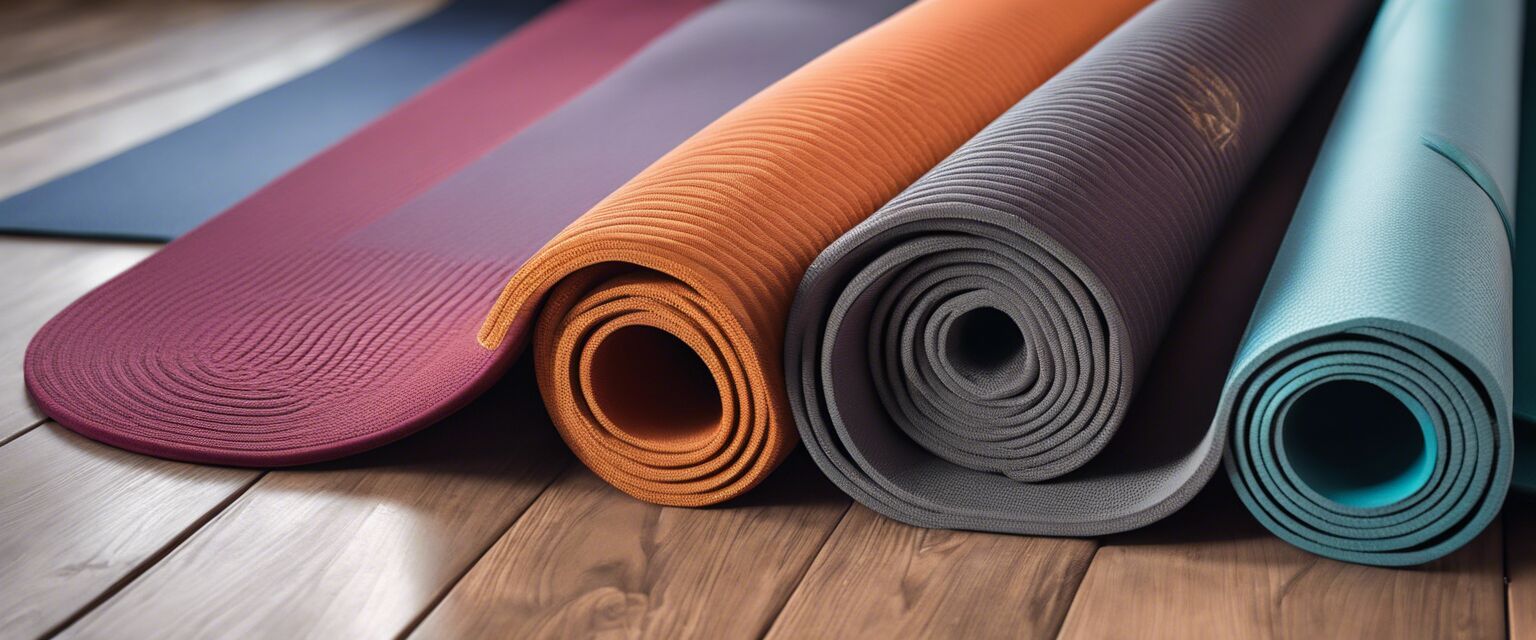
Non-Slip Yoga Mats
Welcome to your ultimate guide on non-slip yoga mats. Whether you're a seasoned yogi or just starting your journey, having the right mat can make all the difference. In this article, we'll explore the benefits, features, and top choices available to enhance your practice.
Key Takeaways
- Non-slip yoga mats provide stability and safety during your practice.
- They come in various materials, thicknesses, and sizes to suit individual needs.
- Choosing the right mat can significantly enhance your yoga experience.
- Look for eco-friendly options if sustainability is a priority for you.
- Regular maintenance of your mat ensures longevity and performance.
What are non-slip yoga mats?
Non-slip yoga mats are designed to provide traction and prevent slipping, allowing you to maintain balance during your yoga practice. They are crafted from various materials that enhance grip, stability, and comfort.
Why are they important?
Using a non-slip yoga mat is essential for several reasons:
- Safety: Reduces the risk of slipping and falling, especially during challenging poses.
- Comfort: Provides cushioning for your joints and support for your body.
- Durability: High-quality materials ensure that the mat lasts longer, even with regular use.
Features to look for
When selecting a non-slip yoga mat, consider the following features:
| Feature | Description |
|---|---|
| Material | Look for mats made from materials like natural rubber, TPE, or PVC for optimal grip and durability. |
| Thickness | Choose a thickness that provides adequate cushioning while maintaining stability (typically 4-6 mm). |
| Texture | A textured surface enhances grip and prevents slipping, especially during sweat-inducing practices. |
| Eco-Friendliness | Consider mats made from sustainable materials if you are environmentally conscious. |
Types of non-slip yoga mats
Different types of non-slip yoga mats cater to various styles and preferences:
- Eco-Friendly Mats - Made from sustainable materials, ideal for environmentally conscious practitioners.
- Extra-Long Yoga Mats - Perfect for taller individuals or for those who like extra space during their practice.
- Hot Yoga Mats - Designed to withstand high temperatures and moisture, providing excellent grip even when sweaty.
- Thick Yoga Mats - Offer additional cushioning for comfort during various poses.
- Travel Yoga Mats - Lightweight and portable, these mats are perfect for yogis on the go.
How to maintain your non-slip yoga mat
Proper maintenance of your yoga mat will ensure it lasts longer and performs well:
- Clean your mat regularly with mild soap and water.
- Allow it to air dry completely before rolling it up.
- Store it in a cool, dry place away from direct sunlight.
- Avoid using harsh chemicals that can degrade the material.
Pros and Cons of non-slip yoga mats
Pros
- Provides excellent grip for safety.
- Enhances comfort during practice.
- Available in various styles and materials.
- Eco-friendly options available.
Cons
- Some mats can be heavier and less portable.
- A quality non-slip mat can be more expensive than standard mats.
- Requires regular cleaning to maintain grip.
Conclusion
Choosing the right non-slip yoga mat can significantly enhance your yoga experience by providing the necessary support and stability. By considering factors like material, thickness, and eco-friendliness, you can find a mat that meets your needs and preferences. Remember to maintain your mat properly to ensure its longevity and performance.
Tips for Beginners
- Start with a mat that feels good under your feet and provides good traction.
- Test different thicknesses to find what feels best for your body.
- Don't hesitate to ask for recommendations from instructors or fellow practitioners.
